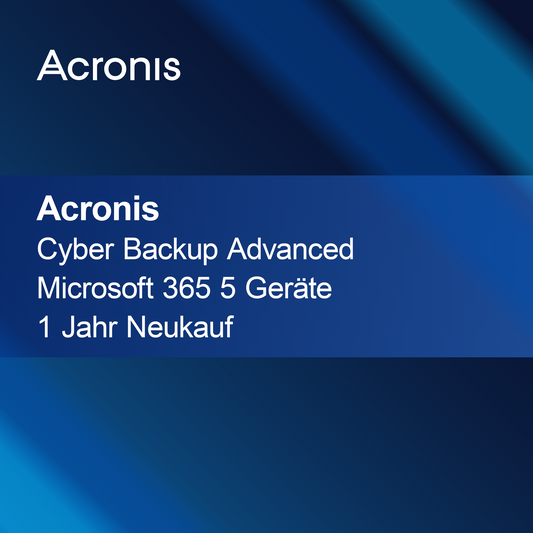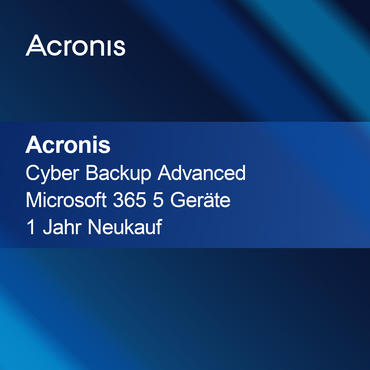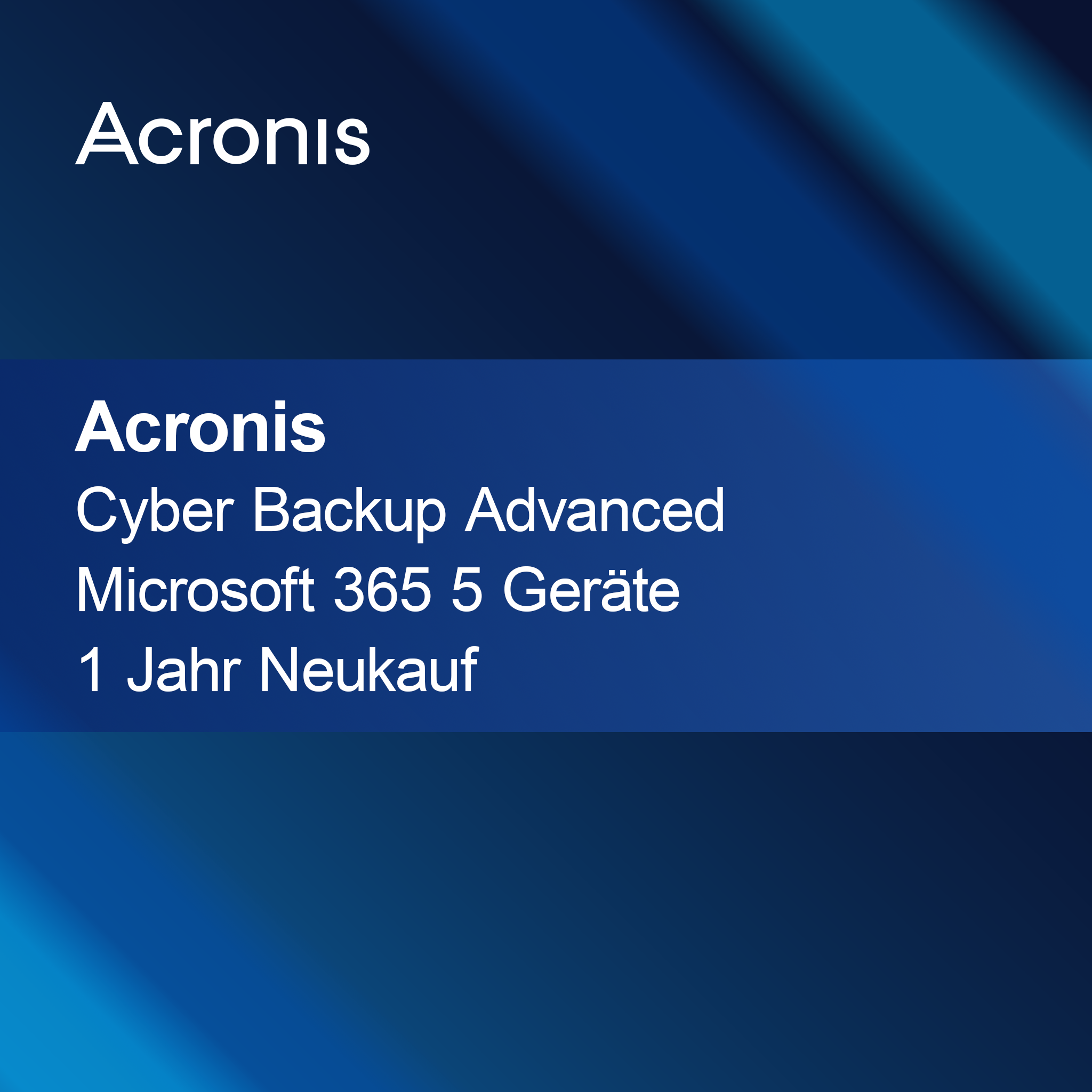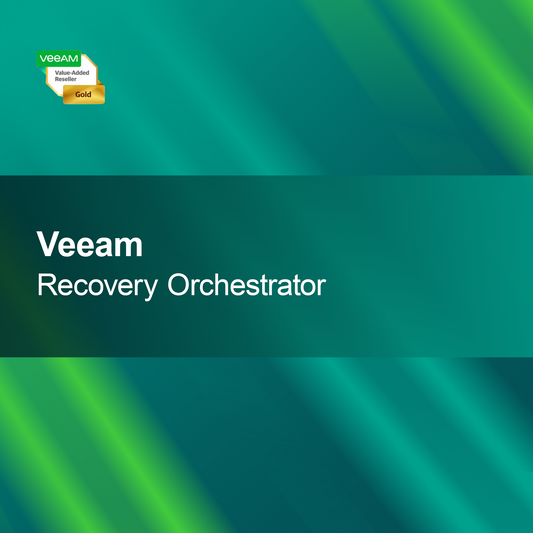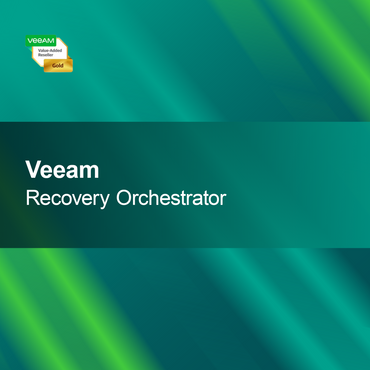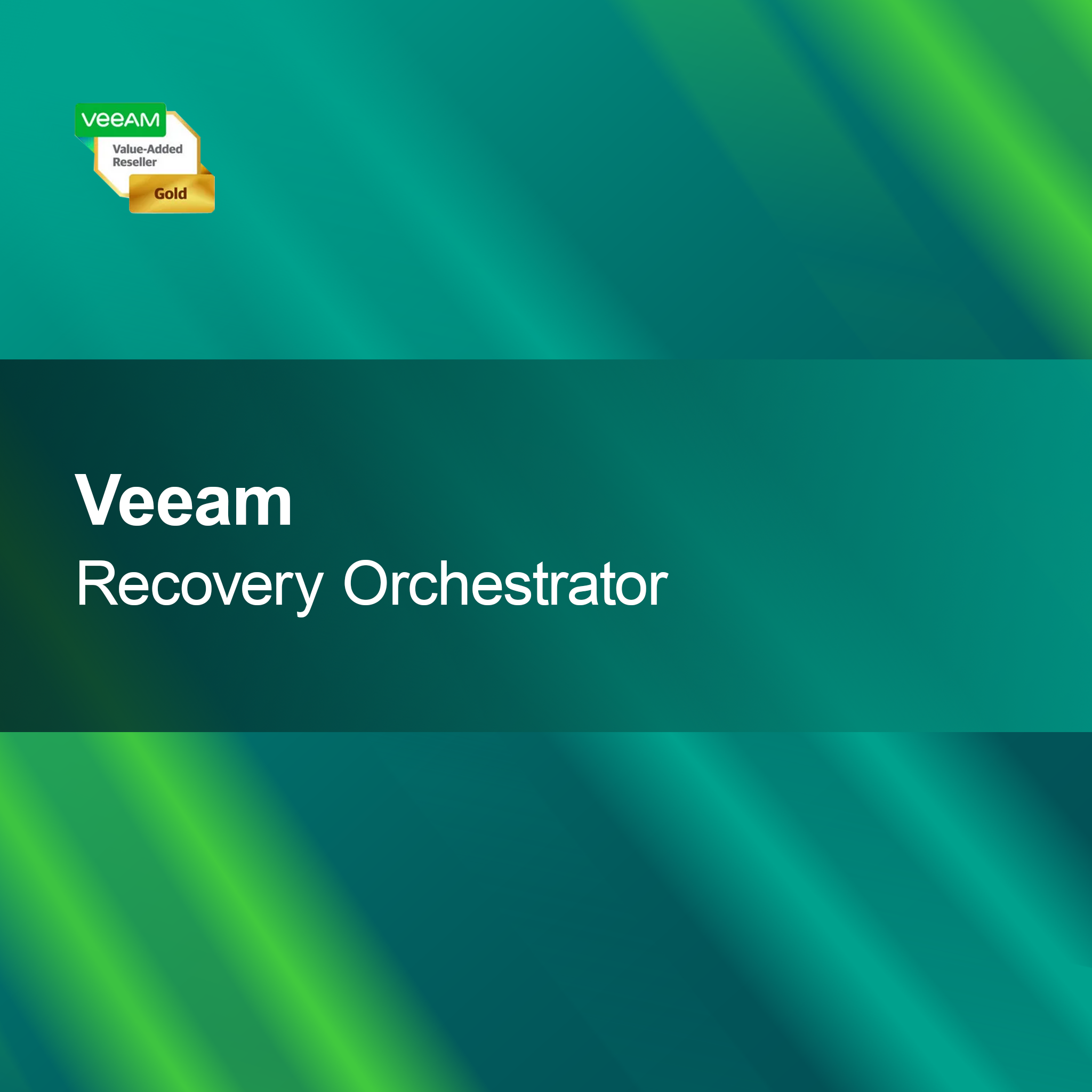No products found
Use fewer filters or remove all
Mindmaps
Are mindmaps suitable for me?
Mindmaps are an effective method to visually represent thoughts and ideas. They are particularly suitable for creative processes, brainstorming sessions, or structuring information. If you want to present complex topics clearly or organize your thoughts, mindmaps can provide valuable support. They enhance understanding and memory by presenting information in a clear, hierarchical structure.
What are the advantages of mindmaps?
Mindmaps offer numerous advantages that help you organize your ideas better. They enable a visual representation of information, which promotes understanding and creativity. Additionally, they can help recognize connections between different topics and structure thoughts. Using colors and images supports learning and increases motivation, which is especially beneficial in group work.
How do I create a mind map?
To create a mind map, start with a central topic that you place in the middle of your sheet or digital platform. From there, draw branches representing the main ideas or subtopics. Use colors, images, and symbols to make the mind map more appealing and memorable. It is important to keep the structure flexible so you can add new ideas and connections as you continue working.
Which tools can I use for mind maps?
There are various tools that can help you create mind maps. Besides traditional pen-and-paper methods, numerous software solutions and apps are available that are specifically designed for mind mapping. Popular options include XMind, MindMeister, and Coggle. These tools often offer additional features such as templates, real-time collaboration, and the ability to easily share or export your mind maps.
- Visual representation of ideas and concepts
- Promotion of creativity and problem-solving skills
- Simple structuring of complex information
How can I use mind maps in a team?
Mind maps can be a valuable method for team collaboration. They allow ideas and opinions to be collected and structured visually, which improves communication. In team meetings, all members can contribute their thoughts, and the mind map can be updated in real time. This not only fosters creativity but also ensures that all voices are heard and the team works together on solutions.
How do mind maps differ from other note-taking methods?
Mind maps differ from traditional note-taking methods through their visual and hierarchical structure. While conventional notes are often linear, mind maps allow a flexible arrangement of ideas and concepts. This promotes creative thinking and helps to better recognize connections. Additionally, mind maps are often designed to be more appealing, which increases motivation and engagement when learning or planning.
What are the application areas for mind maps?
Mind maps are used in many areas, including education, project management, personal development, and business strategy. They can be used for project planning, preparing presentations, or analyzing topics. Mind maps can also help organize tasks or make decisions in everyday life. Their versatility makes them a useful tool for various target groups and situations.

